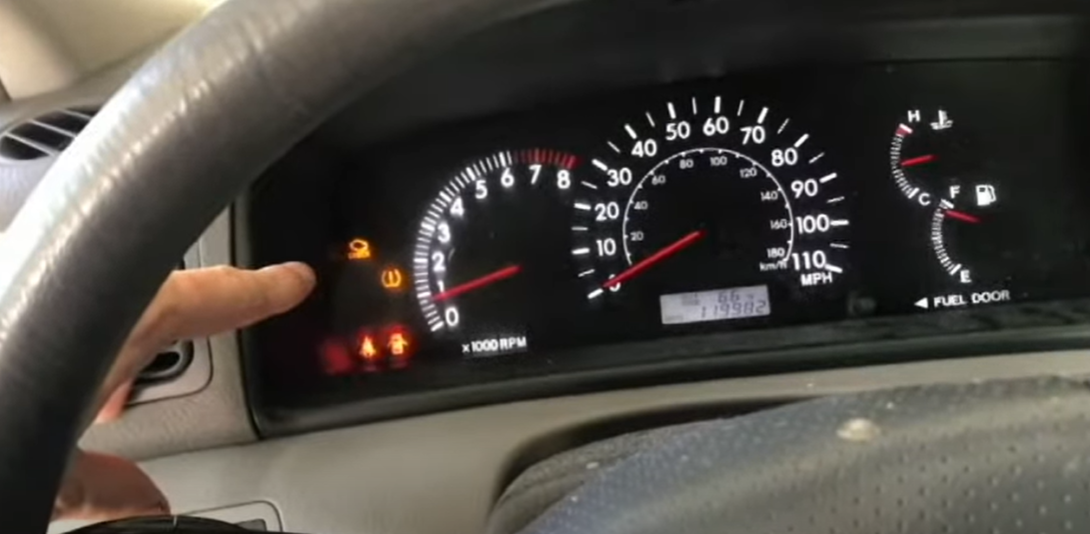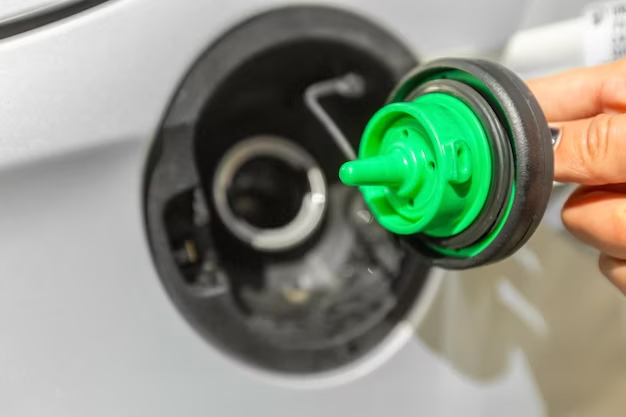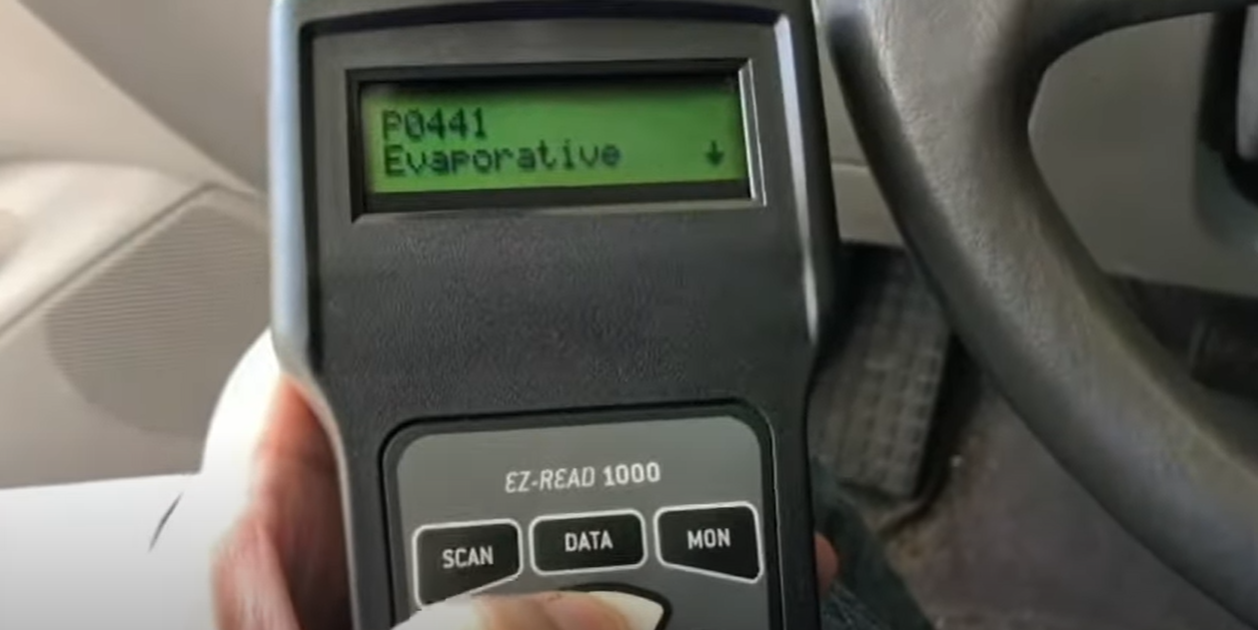In the realm of modern vehicles like Toyota, advanced systems known as On-Board Diagnostics (OBD) are employed to meticulously monitor the performance of the vehicle. Within the extensive range of potential error codes that OBD can generate, P0441 holds its place as a relatively common occurrence. Dubbed as the “Evaporative Emission Control System Incorrect Purge Flow,” this error code warrants a deeper exploration into its intricacies encompassing its meaning, symptoms, causes, diagnosis, and potential remedies.
Unraveling the P0441 Error Code

At its core, the P0441 error code indicates an issue in the Evaporative Emission Control (EVAP) system. This system is designed to contain and reprocess fuel vapors from the fuel tank before they escape into the atmosphere, reducing the vehicle’s emission of harmful hydrocarbons.
However, the P0441 code implies that the ‘purge flow’ in this EVAP system is incorrect. The purge flow involves the routing of the fuel vapors into the engine intake manifold to be used in combustion. When the purge flow is incorrect, it suggests that the purge valve or vent valve isn’t functioning correctly, thus leading to the appearance of the P0441 code.
The error code does not indicate whether the purge flow is more or less than the expected range—it simply states that it’s incorrect. This is an important point to note, as it can lead to different types of malfunctions in the EVAP system.
Symptoms of the P0441 Error Code
While an error code helps in diagnosing a problem, the symptoms accompanying the error code can be equally revealing. The symptoms associated with the P0441 error code can vary from one vehicle to another based on the model and the particular malfunction causing the code. Nevertheless, there are some common symptoms that can be associated with P0441:
- Check Engine Light: The most conspicuous symptom is the illumination of the ‘Check Engine’ light on your vehicle’s dashboard. As soon as the OBD-II system detects the P0441 code, it will trigger this light, which is often the first sign that the driver will notice;
- Fuel Odor: A strong smell of gasoline, especially right after fueling the car, can be a symptom of the P0441 error code. The odor is indicative of the system not being able to handle the fuel vapors properly;
- Decreased Fuel Economy: Your vehicle may start to consume more fuel than usual, leading to decreased fuel efficiency. This is because the malfunctioning EVAP system isn’t routing the fuel vapors back into the combustion process as efficiently as it should;
- Difficulty Starting and Rough Idle: You might experience difficulty while starting your vehicle, or it might idle roughly. This could be due to the inappropriate mixture of fuel and air caused by the incorrect purge flow.
Causes of the P0441 Error Code
The P0441 error code is not specific to one particular malfunction. Instead, it can be triggered by a variety of issues within the EVAP system. These are some of the potential causes:
- Faulty Purge Solenoid (Purge Valve): The purge valve is responsible for controlling the flow of vapor from the EVAP system into the engine. If the purge valve is stuck open or closed, or if it’s not operating at all, it can lead to the P0441 code;
- Damaged or Disconnected Hoses: The EVAP system relies on a network of hoses to connect its various components. If these hoses are damaged or disconnected, it can affect the purge flow;
- Faulty Charcoal Canister: The charcoal canister is a crucial part of the EVAP system, as it temporarily stores the fuel vapors before they’re routed into the engine. If the canister is defective or damaged, it can disrupt the functioning of the EVAP system;
- Faulty Fuel Cap: A loose or damaged fuel cap can lead to a leak in the EVAP system, causing the P0441 code. The fuel cap should provide a proper seal to maintain the system’s pressure.
Diagnosis of the P0441 Error Code
Diagnosing the P0441 code can be a complex process, as it involves checking several components of the EVAP system. Here’s a detailed description of the diagnostic process:
- Scanning the Codes: The first step in diagnosing the P0441 code is to use an OBD-II scanner to confirm the code and check for any other associated codes. Often, the P0441 code can appear alongside other error codes, which can provide further clues about the issue;
- Visual Inspection: The next step is a thorough visual inspection of the EVAP system. The mechanic will look for signs of damage or disconnection in the hoses, assess the condition of the purge valve, inspect the charcoal canister, and check the fuel cap;
- Purge Valve Test: If the purge valve is suspected to be at fault, it might be tested to confirm its condition. This test usually involves applying voltage to the purge valve to see if it opens and closes correctly;
- Smoke Test: If the problem isn’t discovered during the previous steps, the mechanic might perform a smoke test. In this procedure, smoke is forced into the EVAP system under pressure. If there’s a leak somewhere in the system, the smoke will escape through it, revealing the issue’s location.
For a better understanding, consider watching a video of the diagnostic process, such as this one:
It illustrates the steps taken by professionals to pinpoint the exact cause of the P0441 code.
Remedies for the P0441 Error Code

The corrective measures for the P0441 code depend on the specific malfunction that has been identified. Once the mechanic has diagnosed the problem, appropriate remedial action can be taken:
- Purge Valve Replacement: If the purge valve is found to be defective during the diagnostic tests, it will need to be replaced with a new one. This is a relatively simple process that involves disconnecting the old valve and installing the new one;
- Hose Repair or Replacement: If any of the hoses in the EVAP system are found to be damaged or disconnected, they should be repaired or replaced as necessary. This can be a simple fix if the hoses are accessible and easy to remove;
- Charcoal Canister Replacement: If the charcoal canister is found to be faulty, it should be replaced. Depending on the location of the canister in your vehicle, this could be a more complex task that involves removing other components to access the canister;
- Fuel Cap Tightening or Replacement: If the fuel cap is loose, it should be tightened. If it’s damaged, it should be replaced with a new one to ensure a proper seal. This is the simplest and cheapest fix if it’s the root of the problem.
After these remedies have been performed, the mechanic will then clear the code from the OBD system and perform a test drive to confirm that the problem has been resolved and the P0441 code does not reappear.
Conclusion
The P0441 code indicates a problem with the purge flow in your vehicle’s EVAP system, as detected by the OBD system. While the specific cause is not directly specified by the code, it serves as an initial indication to guide further diagnostic procedures. As a vehicle owner, having an understanding of the meaning behind the P0441 code can help facilitate quicker diagnosis and resolution, ultimately resulting in enhanced vehicle performance and improved fuel efficiency.
FAQ
While you may be able to continue driving your vehicle with the P0441 code, it’s generally not recommended. The problem can cause decreased fuel efficiency and potentially lead to other issues in the long run. It’s best to have the problem checked and repaired as soon as possible.
Yes, a faulty gas cap can lead to the P0441 code. The EVAP system is a sealed system, and a loose or damaged gas cap can cause a leak, leading to the detection of incorrect purge flow.
The cost to fix the P0441 error code can vary greatly depending on the specific issue and the model of the vehicle. The price could range from just a few dollars for a new gas cap, up to several hundred dollars for more complex repairs such as replacing the charcoal canister or the purge valve.
While it is technically possible to diagnose and fix the P0441 code yourself if you have some mechanical knowledge and the right tools, it is generally recommended to have a professional do it. The diagnostic process can be complex and time-consuming, and improper handling of the components could potentially lead to further problems.
